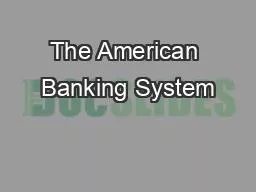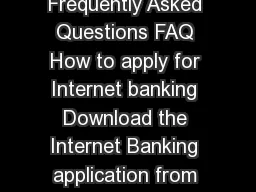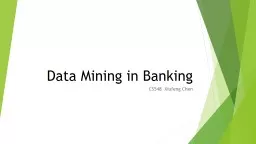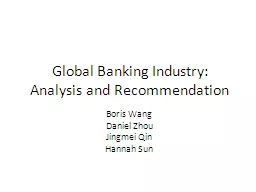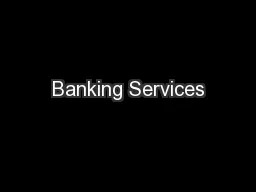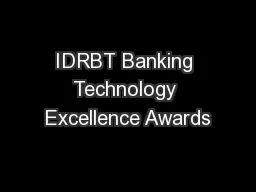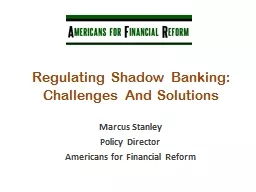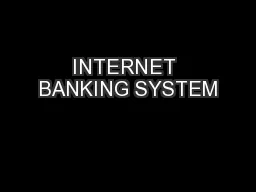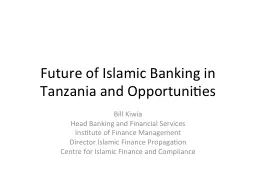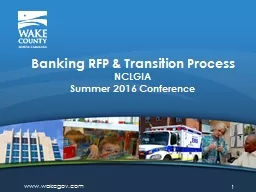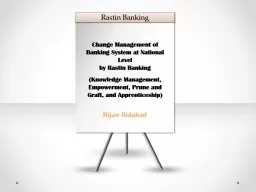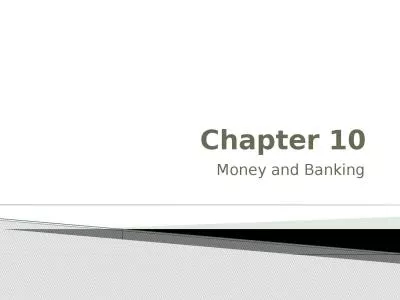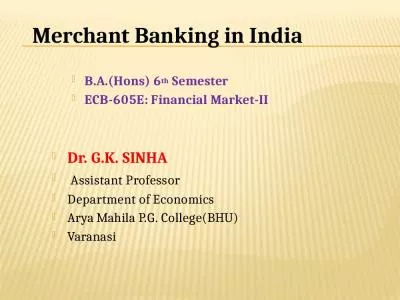PPT-The American Banking System
Author : thousandnike | Published Date : 2020-06-22
The 1st Bank Conflicting viewpoints Hamilton Sec of the Treasury vs Jefferson central bank vs a decentralized banking system Congress est the First Bank of the US
Presentation Embed Code
Download Presentation
Download Presentation The PPT/PDF document "The American Banking System" is the property of its rightful owner. Permission is granted to download and print the materials on this website for personal, non-commercial use only, and to display it on your personal computer provided you do not modify the materials and that you retain all copyright notices contained in the materials. By downloading content from our website, you accept the terms of this agreement.
The American Banking System: Transcript
Download Rules Of Document
"The American Banking System"The content belongs to its owner. You may download and print it for personal use, without modification, and keep all copyright notices. By downloading, you agree to these terms.
Related Documents

